The massive object at the galaxy’s center is invisible. But this year’s picture of the swirling plasma around its edges will help to reveal more about the galaxy’s history and evolution.
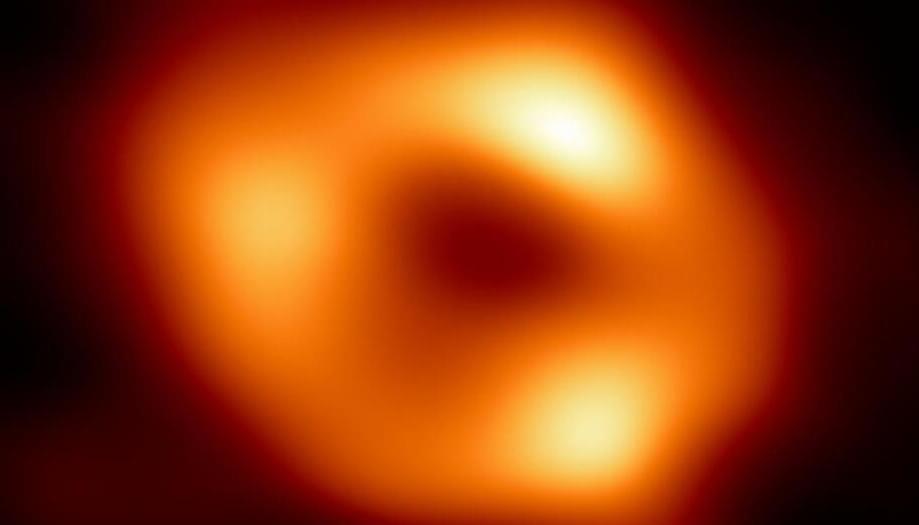

The James Webb Space Telescope’s first images of the distant universe shocked astronomers. Is the discovery of unimaginably distant galaxies a mirage or a revolution?


Circa 2021 face_with_colon_three
In the cosmological context, space can get similarly stuck in a false vacuum state. A speck of false vacuum will occasionally relax into true vacuum (likely through a random quantum event), and this true vacuum will balloon outward as a swelling bubble, feasting on the false vacuum’s excess energy, in a process called false vacuum decay. It’s this process that may have started our cosmos with a bang. “A vacuum bubble could have been the first event in the history of our universe,” said Hiranya Peiris, a cosmologist at University College London.
But physicists struggle mightily to predict how vacuum bubbles behave. A bubble’s future depends on countless minute details that add up. Bubbles also change rapidly — their walls approach the speed of light as they fly outward — and feature quantum mechanical randomness and waviness. Different assumptions about these processes give conflicting predictions, with no way to tell which ones might resemble reality. It’s as though “you’ve taken a lot of things that are just very hard for physicists to deal with and mushed them all together and said, ‘Go ahead and figure out what’s going on,’” Braden said.
Since they can’t prod actual vacuum bubbles in the multiverse, physicists have sought digital and physical analogs of them.
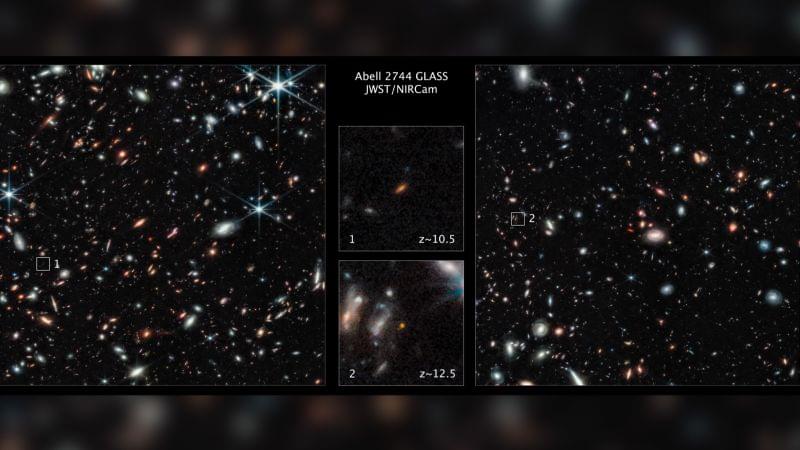
The James Webb Space Telescope has spied one of the earliest galaxies formed after the big bang, about 350 million years after the universe began.
The galaxy, called GLASS-z12, and another galaxy formed about 450 million years after the big bang, were found over the summer, shortly after the powerful space observatory began its infrared observations of the cosmos.
Webb’s capability to look deeper into the universe than other telescopes is revealing previously hidden aspects of the universe, including astonishingly distant galaxies such as these two finds.
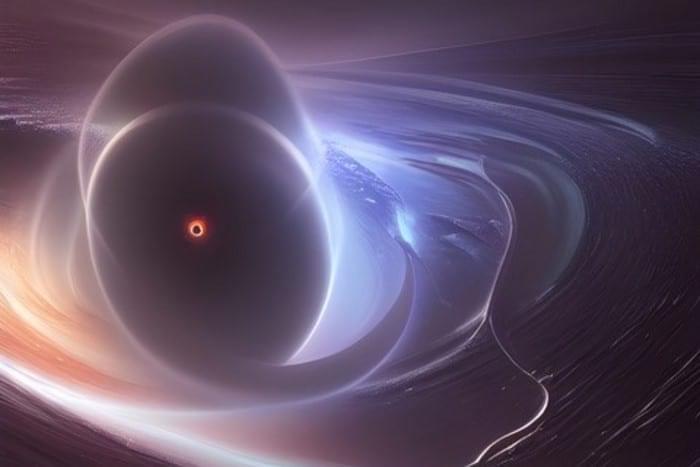
Quantum superposition is not just a property of subatomic particles but also of the most massive objects in the universe. That is the conclusion of four theoretical physicists in Australia and Canada who calculated the hypothetical response of a particle detector placed some distance from a black hole. The researchers say the detector would see novel signs of superimposed space–times, implying that the black hole may have two different masses simultaneously.
Black holes are formed when extremely massive objects like stars collapse to a singularity – a point of infinite density. The gravitational field of a black hole is so great that nothing can escape its clutches, not even light. This creates a spherical region of space around the singularity entirely cut off from the rest of the universe and bounded by what is known as an event horizon.
An active area of research into the physics of black holes seeks to develop a consistent theory of quantum gravity. This is an important goal of theoretical physics that would reconcile quantum mechanics and Einstein’s general theory of relativity. In particular, by considering black holes in quantum superposition, physicists hope to gain insights into the quantum nature of space–time.
Current science and cosmology tell us the Universe will slowly die and ebb away countless trillions of trillions of years from now, but another model — the Big Rip — says that end may come far sooner, ripped apart by dark energy. Could civilizations survive the Universe itself being torn apart at the atomic scale?
Visit our Website: http://www.isaacarthur.net.
Support us on Patreon: https://www.patreon.com/IsaacArthur.
Facebook Group: https://www.facebook.com/groups/1583992725237264/
Reddit: https://www.reddit.com/r/IsaacArthur/
Twitter: https://twitter.com/Isaac_A_Arthur on Twitter and RT our future content.
SFIA Discord Server: https://discord.gg/53GAShE
Listen or Download the audio of this episode from Soundcloud:
Episode’s Audio-only version: https://soundcloud.com/isaac-arthur-148927746/civilizations-…ation-only.
Episode’s Narration-only version: https://soundcloud.com/isaac-arthur-148927746/civilizations-…he-big-rip.
Credits:
Civilizations at the End of Time: The Big Rip.
Science & Futurism with Isaac Arthur.
Episode 326; January 20, 2022
Produced, Written, and Narrated by Isaac Arthur.
Editors:
Darius Said.
Yamagishi.
Cover Art:
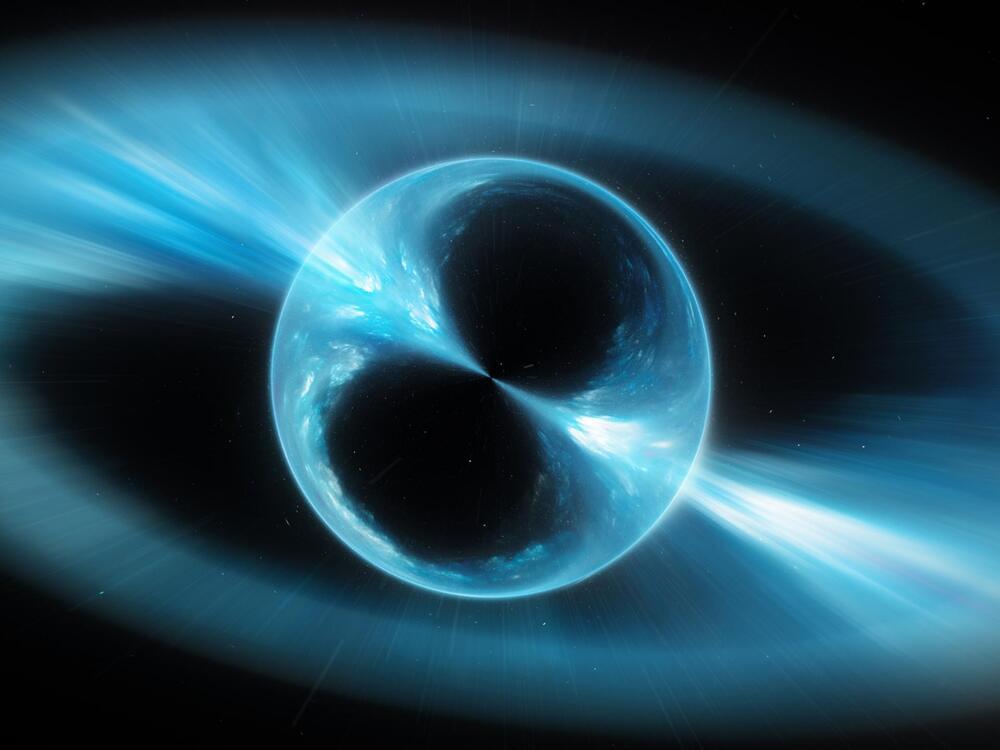
“Neutron stars apparently behave a bit like chocolate pralines”.
Neutron stars were first discovered more than 60 years ago, but very little is known about the interior of neutron stars, the incredibly compact cores of dead stars.
According to their findings, a press statement reveals, they bear a surprising resemblance to chocolate pralines.
Sakkmesterke/iStock.
Now, a team of physicists from Goethe University in Frankfurt has developed mathematical models that may help to uncover the interior of the mysterious star types.
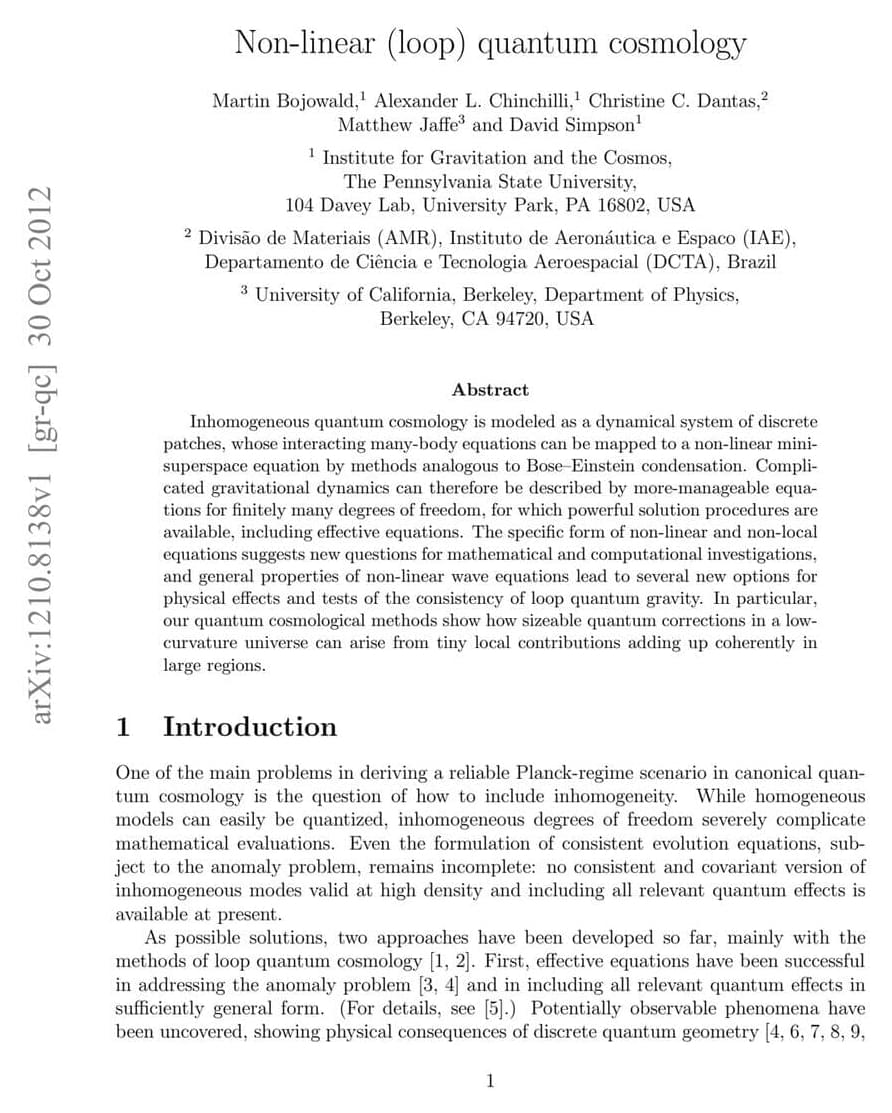
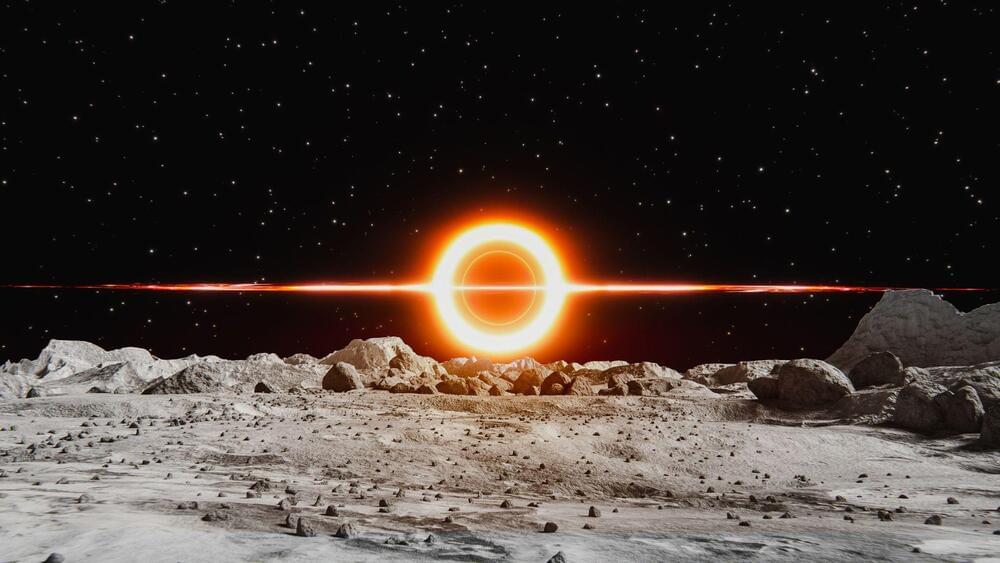
Their experiment could help to create a unified theory of quantum gravity.
A team of physicists from the University of Amsterdam in the Netherlands simulated the event horizon of a black hole in a lab and observed the equivalent of an elusive form of radiation first theorized by Stephen Hawking, a report from Science Alert.
The new discovery could help the scientific community develop a whole new theory that marries the general theory of relativity with the principles of quantum mechanics. John/iStock.